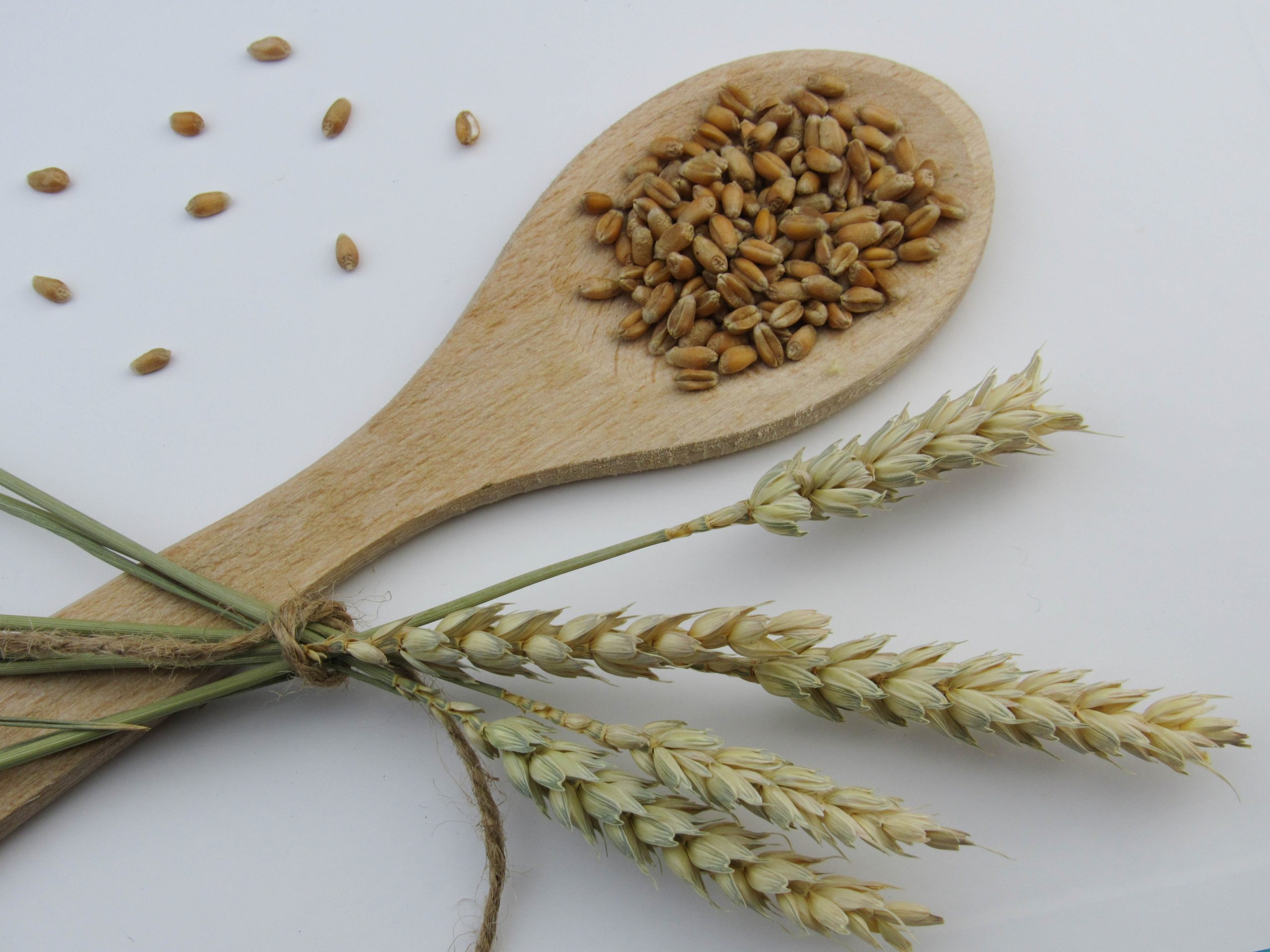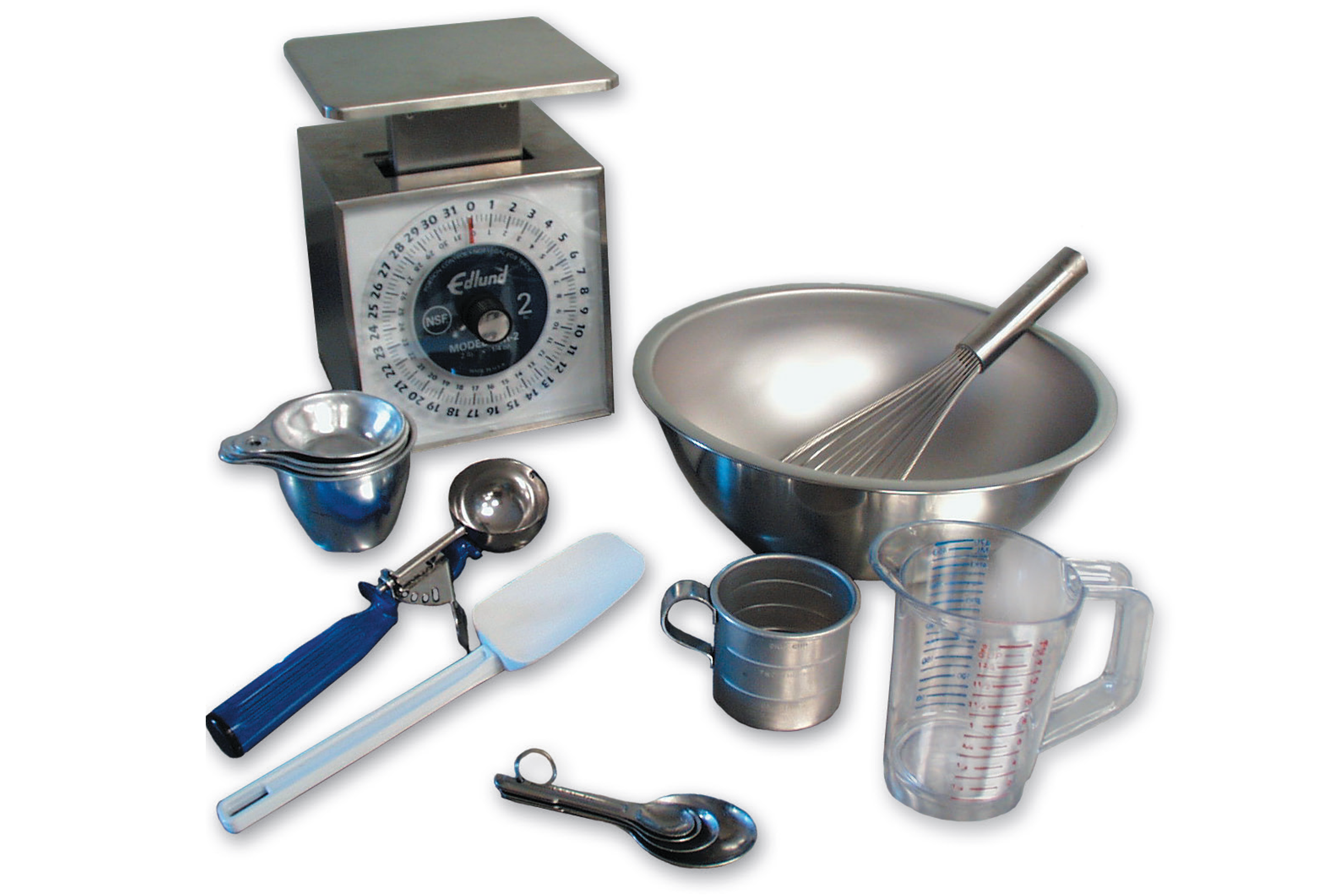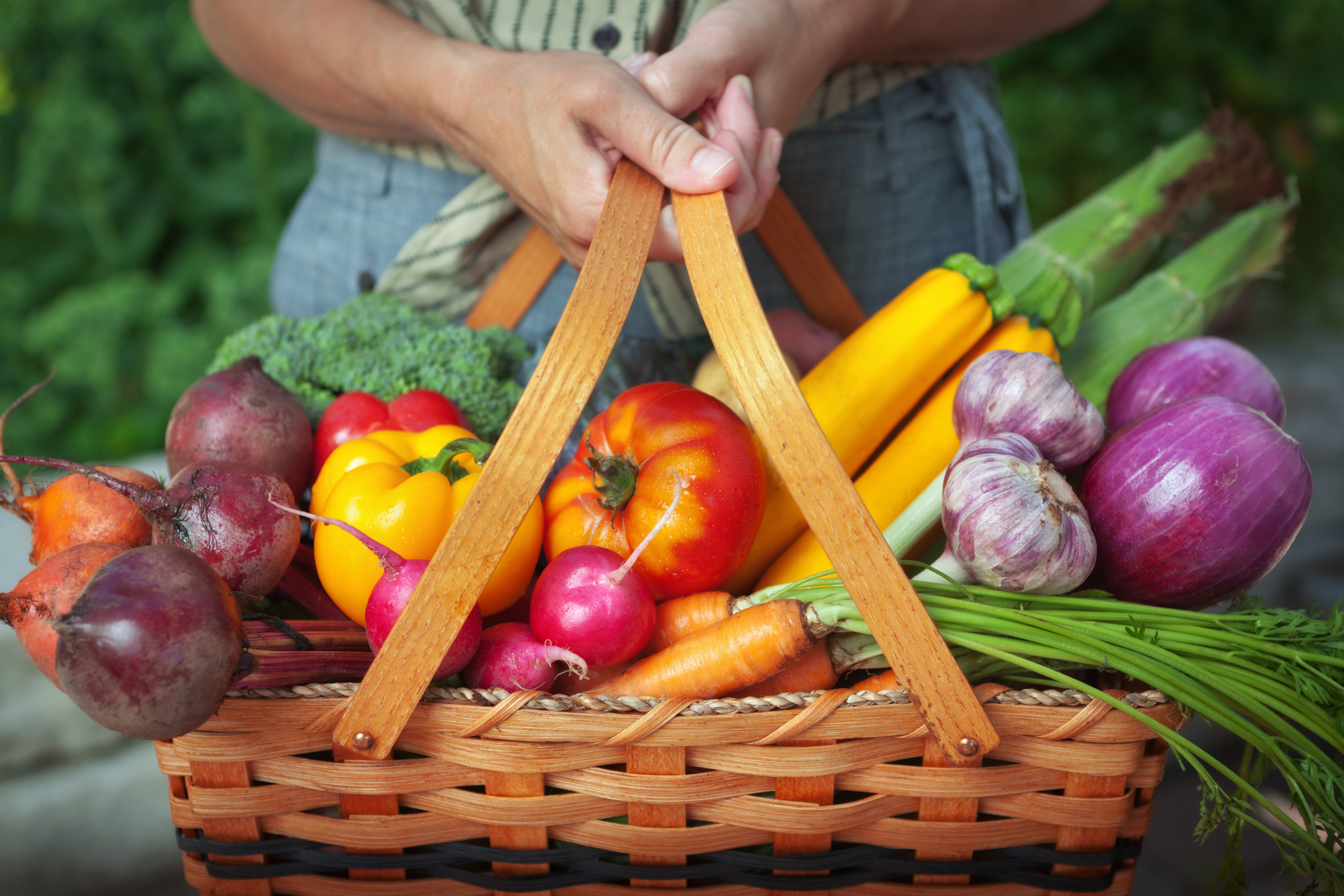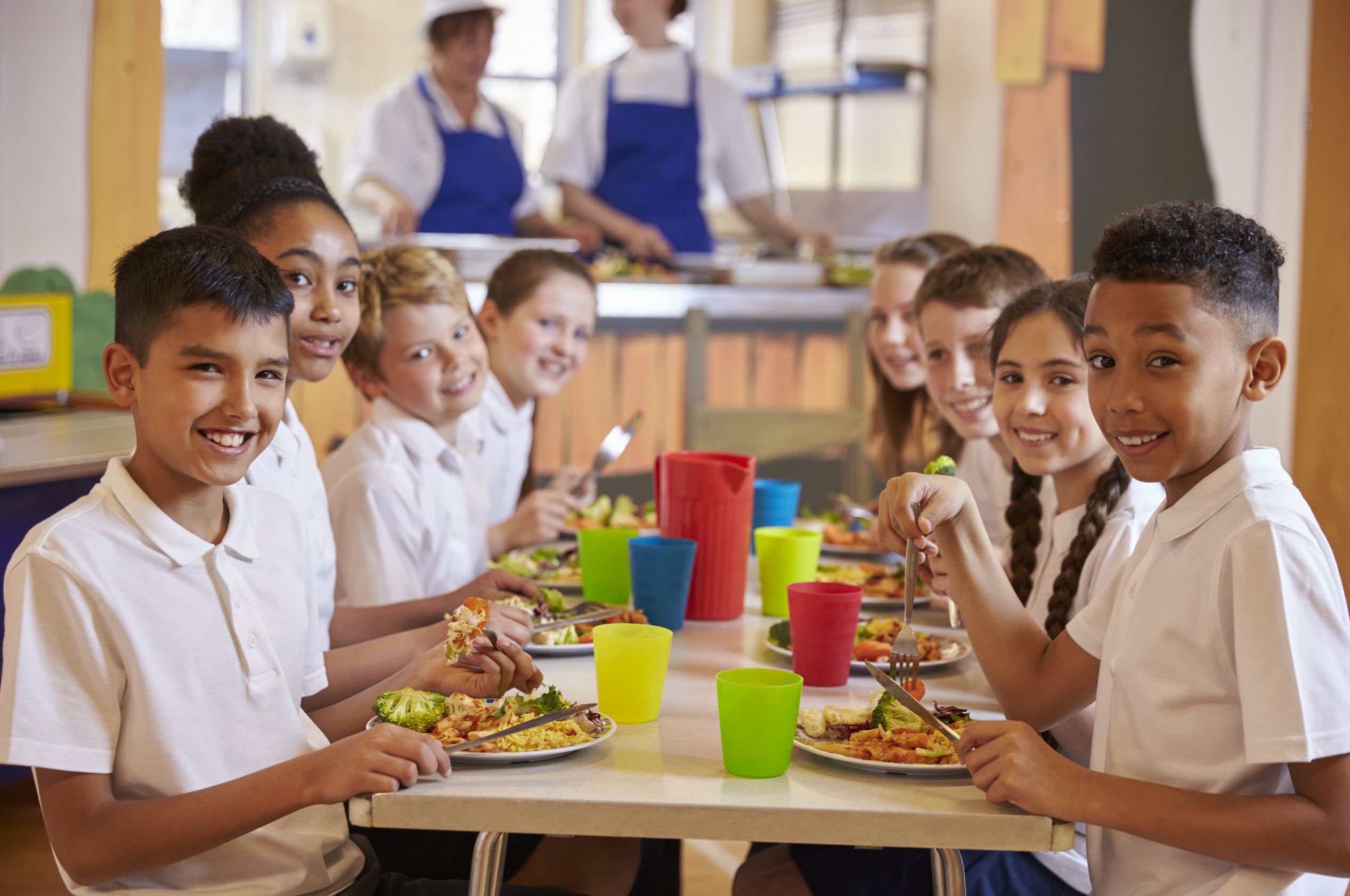

August Food Theme
The theme for August is Keeping Cool with Nutrition!
The month of August is full of fun national food days that can be used in your menus! Consider searching for local produce that is in season to highlight fresh food and teach your children about where it grows.
National Peach Month
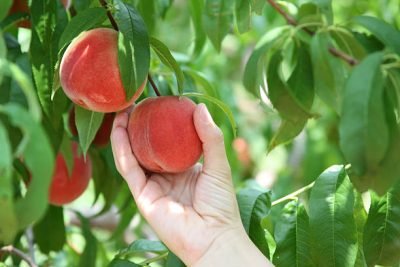 August is National Peach Month. Did you know that President Ronald Reagan declared August as the National Peach Month in 1982? He wanted people to incorporate more peaches in their diets and to celebrate the peach because the United States was the world’s largest peach provider at the time. A fun experiment is to plant the peach pits after the peaches are eaten to see if they sprout and grow!
August is National Peach Month. Did you know that President Ronald Reagan declared August as the National Peach Month in 1982? He wanted people to incorporate more peaches in their diets and to celebrate the peach because the United States was the world’s largest peach provider at the time. A fun experiment is to plant the peach pits after the peaches are eaten to see if they sprout and grow!
Children love peaches whole or sliced. You can even add them to vegetable salads. Try this Peach Salsa from ICN’s Recipe Box.
Check out these books to read all month during National Peach Month:
- Each Peach Pear Plum by Janet Ahlberg and Allan Ahlberg
- James and the Giant Peach by Roald Dahl
- Peaches! Peaches! by Scott Ferrell
- Peach Girl by Raymond K. Nakamura
- The Last Peach by Gus Gordon
National Watermelon Day – August 3
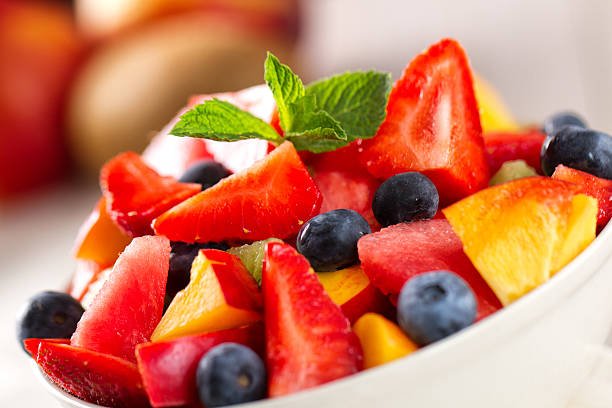
Watermelon is a great fruit to have during the summer. It provides nutrients like potassium, vitamin A, and vitamin C. Watermelon is also 92% water, making it a great snack to help children stay hydrated! On National Watermelon Day, try a watermelon focused recipe like this:
Red Fruit Salad
Ingredients
1 cup cubed watermelon
1 cup halved strawberries
1 cup sliced cherries
1 cup raspberries
Mint, to taste
Instructions
- Add all ingredients to a bowl and mix.
- Enjoy!
National Raspberries and Cream Day – August 7

Raspberries are a delicious and colorful addition to meals and snacks. They are high in fiber, vitamins, minerals, and antioxidants. They can be added to any meal or snack for great nutrition and add a pop of color! Children love them because they are tasty finger food.
Did you know that there are many types of raspberries? There are the traditional red raspberries, gold, black, or purple. Depending on the raspberry type, they may have different characteristics. Some may be larger or sweeter. The climate you live in will determine which kind of raspberry grows best near you.
These Overnight Oats with Berries from USDA, MyPlate are the perfect way to start Raspberries and Cream Day.
On National Raspberries and Cream Day, these books would be great to read:
- Raspberries! by Jay O’Callahan
- Apples, Cherries, Red Raspberries: What Is in the Fruits Group? by Brian P. Cleary
- The Raspberry Man: Inspired by a True Story by Janalee Tobias
- Our Raspberry Jam by David F. Marx
- Berry Magic by Betty Huffmon and Teri Sloat
National Potato Day – August 19
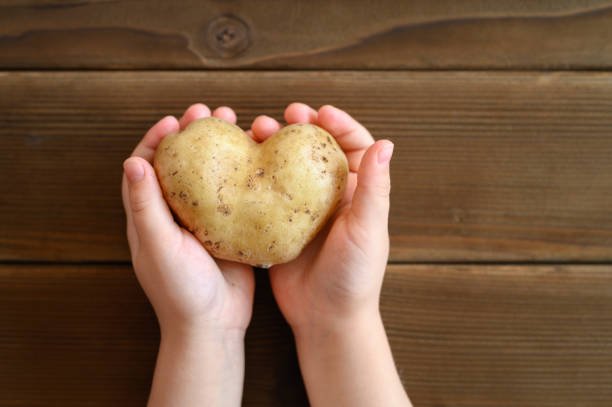
Potatoes are a well-liked starchy vegetable. They come in every shape and size! They can be made into fries, tater tots, mashed potatoes, or baked potatoes. They are a good carbohydrate source and contain many nutrients that the body needs, such as potassium. According to the Idaho Potato Museum, the average American eats around 124 pounds of potatoes per year, and the average person living in Germany eats almost twice that amount! On National Potato Day, try to find a yummy potato side to include on your menu like tater tots, mashed potatoes, or this Roasted Potato Salad from the ICN Recipe Box.
You can read these books for National Potato Day:
- Potato Pants! by Laurie Keller
- The Enormous Potato by Aubrey Davis
- Pig Loves Potatoes by Anika Denise
- Spuds by Karen Hess
- The Potato King by Christopher Niemann
National Waffle Day – August 24

Waffles are a delicious menu item to serve at any meal. They may be savory or the traditional sweet waffle topped with fruit or nut butter. On National Waffle Day, consider serving waffles with a topping bar full of healthy choices. Provide fresh and local fruits to top their waffles, or have as a side served with eggs or sausage to make a delicious breakfast meal. Another new favorite for kids of all ages is serving waffles with chicken. Some children like their waffles plain. All of these ways are a great way to celebrate National Waffle Day.
These are great books to read during National Waffle Day:
- Everything on a Waffle by Polly Horvath
- Waffles Can’t Dance by Qwen Lewis
- Adventures with Waffles by Maria Parr
- Woodpecker Wants a Waffles by Steve Breen
- Waffles in Space by Nick Mask
What’s in Season in August?
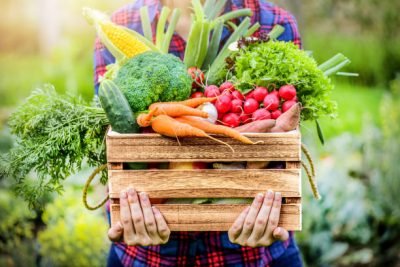 Your grocery store and farmer’s markets will be overflowing with a bountiful assortment of fresh produce. August is a peak month for gathering the best of the best of the season. Keep your menu in summer mode by picking up these fresh items.
Your grocery store and farmer’s markets will be overflowing with a bountiful assortment of fresh produce. August is a peak month for gathering the best of the best of the season. Keep your menu in summer mode by picking up these fresh items.
Vegetables: acorn squash, butternut squash, corn, cucumbers, eggplant, green beans, kohlrabi, lettuce, okra, peppers, summer squash, Swiss chard, tomatoes
Fruits: apples, apricots, blueberries, cantaloupe, figs, kiwi, mangoes, peaches, plums, raspberries, strawberries, watermelon
Let us know how you incorporate summer foods into your menu in the ‘we want to hear from you’ section at the bottom of this page.
Research shows that children are more likely to taste new vegetables and fruits when they are involved with growing, planting, gathering, selecting, and even naming the foods. Children can give foods unique names like ‘crunchy, cool carrots’ or ‘Asparagus Rex.’
Since many places have different climates and seasons for produce, you may want to research your city to see what is in season for you!
Fun Facts About Peaches
- Before they were called peaches, people called them Persian apples because the Ancient Romans believed they came from Persia.
- Nectarines are actually peaches. They just don’t have fuzzy skin.
- The largest peach recorded was 1.8 pounds!
- Peaches provide vitamin A, vitamin C, and other nutrients that your body needs.
More Edible Education
 Not only can your gardens be full of edible treats, but they can also be a wonderful space for playtime and activities. Gardens and the outdoors can provide a natural environment to read books, sing songs, or even tell some jokes, like these:
Not only can your gardens be full of edible treats, but they can also be a wonderful space for playtime and activities. Gardens and the outdoors can provide a natural environment to read books, sing songs, or even tell some jokes, like these:
- What new plant did the gardener sow? Beets me!
- Where do farmers send their children to school? Kinder-garden!
- What kind of vegetable do you get when an elephant walks through your garden? Squash!
- What did the baby corn say to the mother corn? Where’s popcorn?
We have offered many nutrition facts, ideas, and recipes during this summer growing season. Gardens and outdoor living areas are places for active—and sometimes messy—play (think mud pies). It provides a place where imaginations grow and spaces for learning about where food comes from and discovering wildlife and nature. There is still time to turn a raised bed into a sleeping giant, build a fort, wigwam, treehouse, or castle where your children can live out an adventure with plant life to explore and discover. Enjoy all that August offers with outdoor living and eating.
References
Centers for Disease Control and Prevention. (2021). Childhood nutrition facts. https://www.cdc.gov/healthyschools/nutrition/facts.htm
Flammini, D. (2021). 10 fun facts about peaches. https://www.farms.com/ag-industry-news/10-fun-facts-about-peaches-938.aspx
Idaho Potato Museum. (2021). Potato facts. https://idahopotatomuseum.com/potato-facts/
Institute of Child Nutrition, Child Nutrition Recipe Box. (2021). Crunchy Hawaiian turkey wrap – USDA recipe for child care centers. https://theicn.org/cnrb/recipes-for-centers-grains-breads/crunchy-hawaiian-chicken-wrap/
Institute of Child Nutrition, Child Nutrition Recipe Box. (2021). Fruit salsa – USDA recipe for child care centers. https://theicn.org/cnrb/recipes-for-centers-accompaniments/fruit-salsa-usda-recipe-for-cacfp/
Institute of Child Nutrition, Child Nutrition Recipe Box. (2021). Mango smoothie bowl – USDA recipe for child care centers. https://theicn.org/cnrb/recipes-for-centers/recipes-for-centers-breakfast/mango-smoothie-bowl-usda-recipe-for-child-care-centers/
Institute of Child Nutrition, Child Nutrition Recipe Box. (2021). Roasted potato salad – USDA Recipe for child care centers. https://theicn.org/cnrb/recipes-for-centers-vegetables/roasted-potato-salad-usda-recipe-for-cacfp/
Institute of Child Nutrition, Child Nutrition Recipe Box. (2021). Salad shaker – USDA recipe for child care centers. https://theicn.org/cnrb/recipes-for-centers-vegetables/salad-shakers-usda-recipe-for-cacfp/
Wayne, M. (2020, September 3). 65 best plant jokes that you’ll be very frond of. Kidadl. https://kidadl.com/articles/best-plant-jokes-that-youll-be-very-frond-of
University of Nebraska—Lincoln. (2021). Institute of Agriculture and Natural Resources UNL Food. https://food.unl.edu/
U.S. Department of Agriculture, MyPlate. (2021). Overnight oatmeal with berries. https://www.myplate.gov/recipes/myplate-cnpp/overnight-oatmeal-berries
About Mealtime Memo
Mealtime Memo (MTM) is focused on nutrition and wellness in child care settings and is specifically intended for use by child care professionals who participate in the Child and Adult Care Food Program (CACFP). The objective is to provide research-based best practices for planning, preparing, and/or serving nutritious, safe, and child-friendly meals in child care settings operating the CACFP.
Beginning in January 2021, the MTM moved to an electronic, blog-style newsletter. To ensure you automatically receive the latest issue, click here to subscribe!
Please note: To ensure MTMs provide the most accurate, up-to-date information, any references to Federal regulations, nutritional standards, and other best practices are considered current at the time of publication. Please be advised that this information is NOT updated to reflect any changes/revisions beyond the publication date. In addition, all MTMs published prior to 2017 have been archived and are no longer available on our website. If you need access to an archived MTM or for questions on the latest regulations and standards, please contact ICN’s Help Desk at helpdesk@theicn.org or 1-800-321-3054.
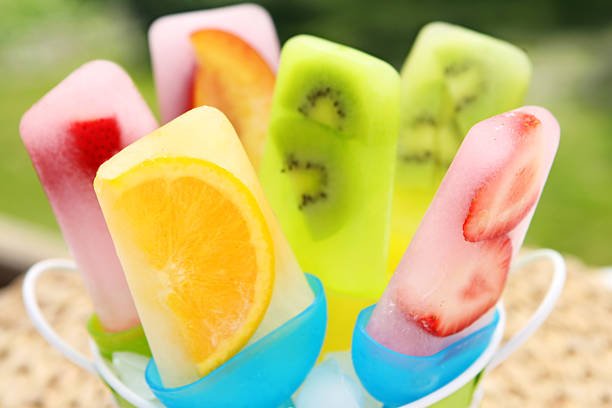 Keeping Cool with Nutrition
Keeping Cool with Nutrition